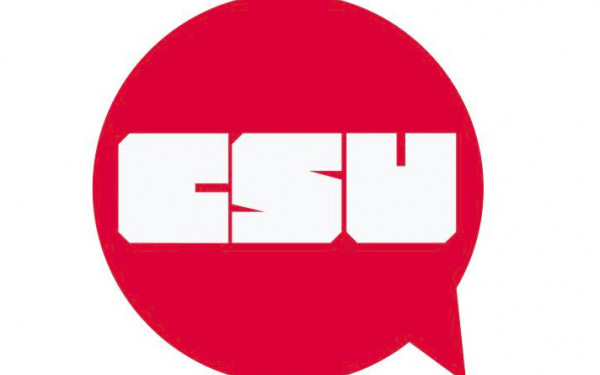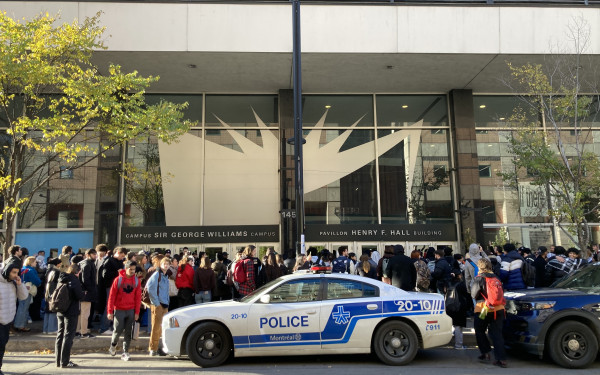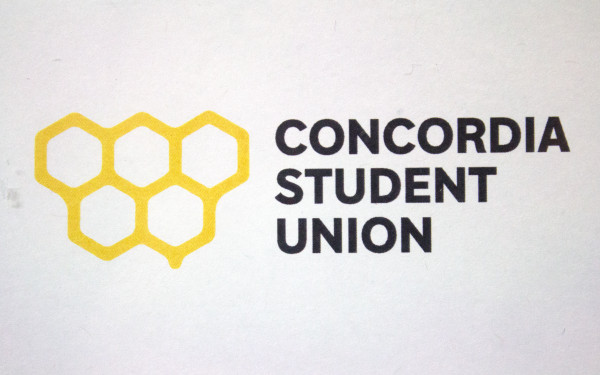From Solitary to Solidarity
How the Israeli Prison System Fostered a Culture of Non-Violent Resistance
From hunger strikes to alternative educational structures, the mass incarceration of Palestinians has led to a plethora of subversive modes of resistance—some tactical, others cultural.
McGill Political Science professor Dr. Julie Norman, who researches non-violent resistance and media activism in Israeli and Palestine, gave a talk called “Prisoner’s Dilemma” at Concordia Friday afternoon in the context of Montreal’s Month Against Prisons.
Around 500 prisoners are being held in what is known as “administrative detention,” Norman said. This is “detention without charge, or without trial,” that is authorized by an administrative military order.
It can last for up to six months, and can be renewed an unlimited number of times. It is legal under the Geneva conventions but is meant to be used in only the most extreme circumstances. But even the Israeli Supreme Court has ruled that the
current use of administrative detention is overstepping that boundary.
According to a tally that was taken at the end of 2014, there are approximately 5,500 incarcerated Palestinians who are classified by the state of Israel as Security Prisoners are being held in Israeli prisons.
“It’s estimated that approximately 20 per cent of the [Palestinian] population, and up to 40 per cent of the male population has been imprisoned or detained […] since 1967,” Norman said.
In the recent past, the Israeli Prison Service (IPS) has claimed that 50 per cent of the Security Prisoners are considered to be those “with blood on their hands.”
Norman refuted this claim by citing a conversation that she had with the former head of the IPS. “She was pretty clear about the fact that it’s really a minority who have real blood on their hands.”
Prison as an Educational Experience
An indirect form of resistance was the creation of “parallel institutions” in prison that provided the inmates with an alternative from what the authorities tried to impose on them.
“They were very successful at creating this ‘counter-order’ within the prisons and they basically created a whole system and a whole governance within the prison,” she said. “There was a series of committees that all dealt with different aspects of life, and created a sense of normalcy, a sense of discipline, and a sense of dignity.”
The education system that they formed was so influential that some prisoners actually referred to their jail time as “university.” They had their own internal elections, political debate sessions and news teams that gathered and reported information to fellow inmates via smuggled-in radios.
“For many of the prisoners, that was really the core of the day-to-day resistance,” Norman said. “Building that counter society, and finding ways to use the prison time to not only survive, but to thrive, and to push forward.”
“Everything inside the prison had a story of resistance behind it.”
Radical Non-Violence
Currently, the state of Israeli prison facilities is considered to be in line with international standards and norms. Non-violent activism has played a key role in achieving this goal.
The difficult conditions that the inmates lived in during the 1970s and ‘80s have improved only because of persistent, non-violent activism. According to one of the older prisoners, “everything inside the prison had a story of resistance behind it.”
Hunger strikes were the most direct form of prisoner activism. There was usually prison-wide cooperation in these strikes, and occasionally there would be multi-prison coordination, which allowed for strikes to occur in different prisons at the same time.
The aim of the hunger strikes was to disrupt the prison order, and to make the system unworkable, Norman said. It forced the authorities to sit down with the prisoners to negotiate better conditions.
A Shift in the Culture of Incarceration
But the progressive mentality of the Palestinian inmates has changed over the years.
After the mass incarceration of the second intifada, or uprising, Hamas and Islamic Jihad became more prevalent and it became increasingly difficult for members of the different political parties to overcome their differences.
The counter-order became harder to maintain, and the education system and political discussions were no longer seen as the norm, according to Norman. This was partly due to the fact that the parties had lost much of their credibility and were unable to influence the prisoners to mobilize like they had in the past.
“The education system, the political committees… all that was much weakened, and the parties didn’t really have the same political impact that they had earlier,” Norman said.
Despite a lull in non-violent resistance in the 1990s and early 2000s, a focus on hunger strikes began again at the end of 2012. The rebirth of significant activism occurred when a small number of administrative detainees started to strike individually, pushing for their own release.
Activism amongst Palestinian security prisoners has undergone a shift from collectivity in the “golden age” of the 1980s, to individual-based resistance in the present-day, said Norman. The focus is no longer on achieving better living conditions, but rather on individual release.

3_900_600_90.jpg)
1_900_600_90.jpg)
2_900_600_90.jpg)
_600_832_s.png)


_600_375_90_s_c1.jpg)

